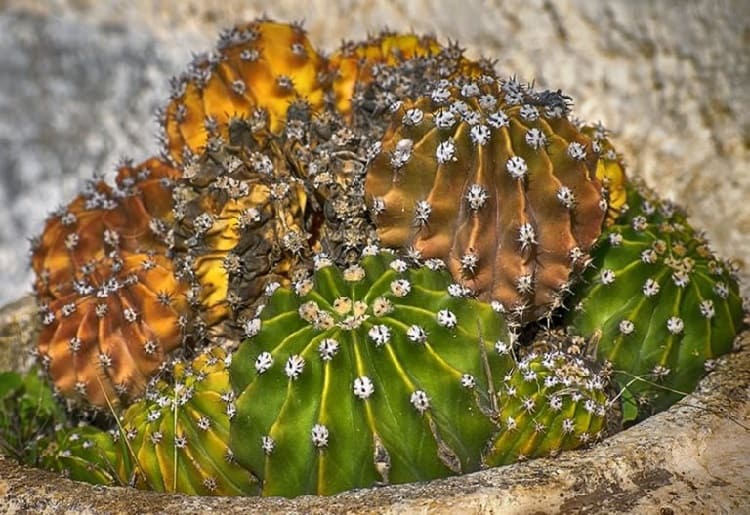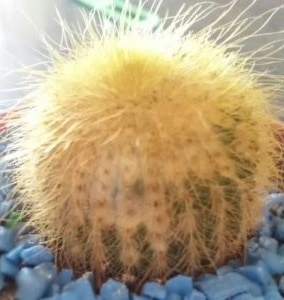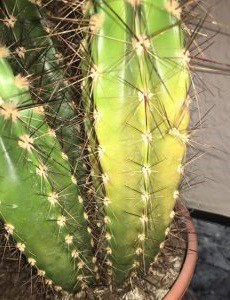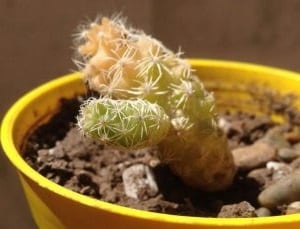Yellow Cactus Troubles? Discover Proven Strategies to Restore its Luster
Currently, it is becoming fashionable to have cacti in our homes and they are very beautiful plants, most of them have geometric shapes that attract us, there are some with curiously shaped thorns that look like hair, others have pink thorns or red, etc.
The reasons are many, but the most common is because they are “easy-care” plants and, although it is true that cacti have that fame, it is also true that if we do not have the basic care for their health and development they are the most susceptible to die for not realizing in time that they have a problem.

One of the most frequent situations that we have when acquiring cacti is that they turn yellow, either that spots of this color appear in some area or that we begin to see this coloration uniformly in our specimen, so in this article, we are going to talk about the causes of this pigmentation and what you can do to heal your cactus if it has already turned yellow.
Why Is My Cactus Turning Yellow?
Too much sun

Although cacti are plants of desert climates and we know that they tolerate direct sun exposure well, we have to tell you that one of the causes that may be causing your specimen to be having that yellow color is excess sun exposure.
Remember that the cacti we acquire, coming from a greenhouse or a nursery, are born and grown in controlled climatic conditions and are surely not used to direct sun exposure. In addition to that fact, many of them are very young specimens or “babies” that were still under the protection of the mother plant. So, if you notice yellow spots on the cactus you just bought and you have it in a place where the direct sun hits it, this is probably the reason.
What we recommend is that when you acquire your cacti you gradually accustom them to direct sun exposure, first only a few hours in the morning and gradually increase until they can be between 5 to 6 hours. If they are very small specimens, we recommend that you place them in an area where they only get the morning sun, once they grow they will withstand better and you can leave them for more hours.
Excessive watering

Another reason for the cactus turning yellow is overwatering. This problem occurs a lot in cacti that are kept indoors since they do not need as much irrigation as those that are outdoors.
When we see our cactus turning yellow at the base, it is usually due to overwatering. So if this is happening to your little one, the best thing you can do is remove it from the substrate where it currently is. The part of the cactus where it feels soft is where it has rotted and you will have to cut it (with a cutter or disinfected razor), let it dry, and plant it in a new substrate.
If you touch the yellow part of your cactus and it still feels firm, just stop watering it as often and check that the substrate is drained well. Gradually observe over time whether it improves.
Lack of water

It is easy to determine if your cactus yellowing is due to lack of watering—all you have to do is examine it, If you touch the yellow part and it feels dry or looks wrinkled then it is a sign of dehydration.
The solution is simple and it is much easier to recover a dehydrated cactus than a rotten one. Simply water until you see the water coming out of the drainage holes of your pot and voila (make sure the poured water does not take long to come out and if that happens, change the substrate to make it more well-draining).
It is not necessary to increase the frequency of watering—the cactus will recover little by little. Only water again when the substrate has dried.
Remember to always make time to observe your cacti once or twice a week, thus ensuring that if there is any negative change you detect it promptly.
